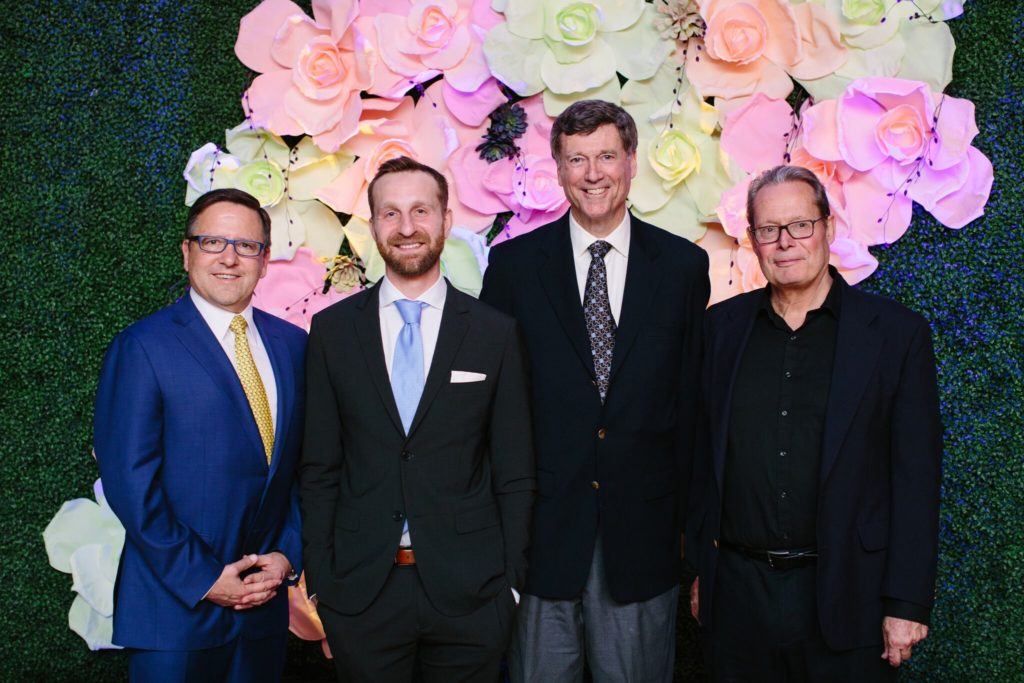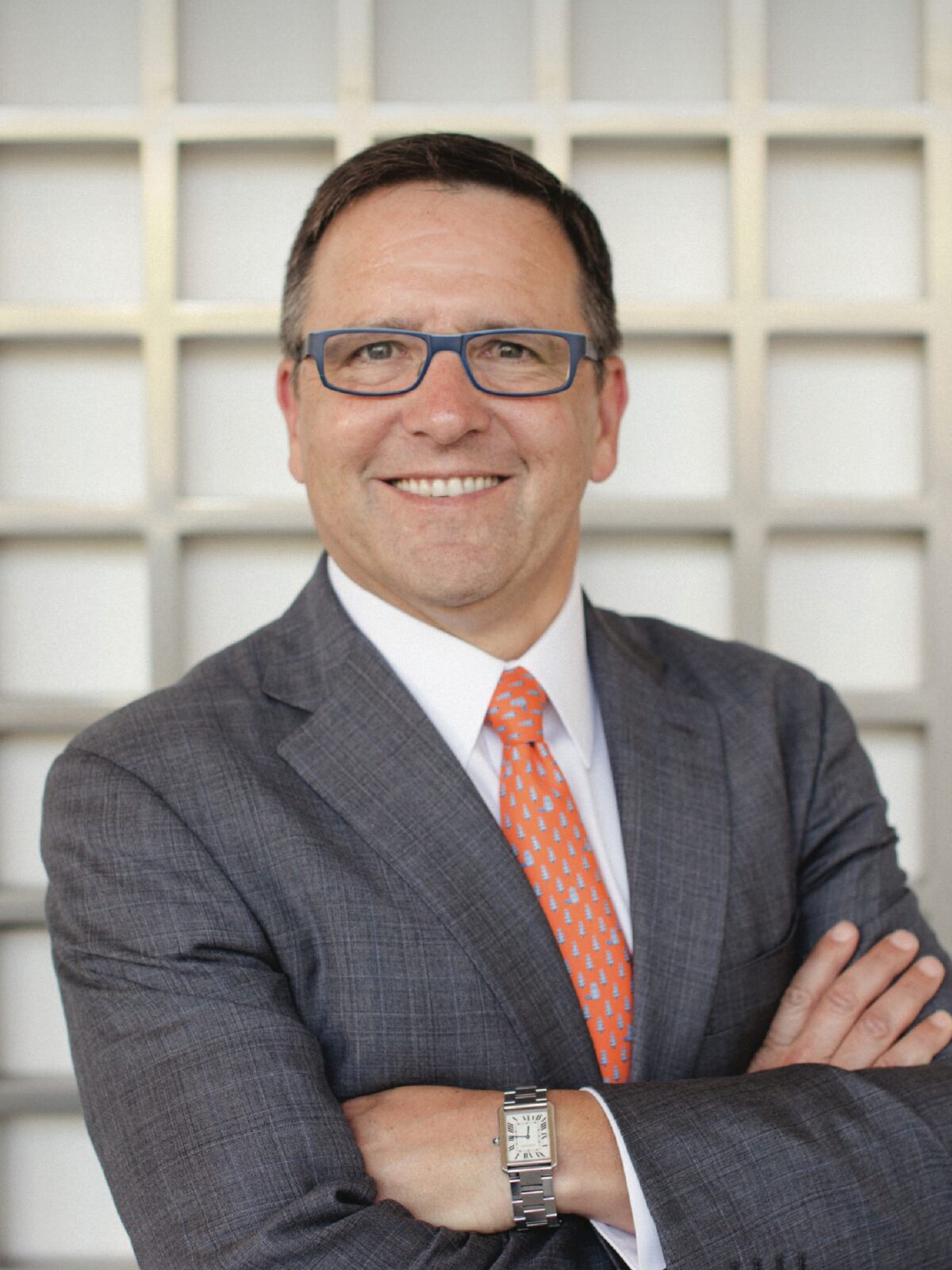
A conversation with the Pritzker Genius Award winner
We don’t have the liberty to wait 100 years for that. We need decisive action now, and that means supporting and promoting the top young environmental minds and ideas. Dan…
When my wife Jeanne and I decided to create this award, we did so with a lofty goal in mind—a world where we all prosper and thrive, where the health of the planet and its people are secure for generations to come.
We don’t have the liberty to wait 100 years for that. We need decisive action now, and that means supporting and promoting the top young environmental minds and ideas.
Dan Hammer, recipient of the 2017 Pritzker Emerging Environmental Genius Award, is the perfect example of the kind of dedication and ingenuity reaching that goal will take. He has a proven track record, of course, but he has many miles to go. If we’re right about Dan and his work, we will help revolutionize how people understand climate change. With his new platform, environmental news in the future will include satellite evidence and images to make stories clear and real to a much larger audience. And that is exactly what it will take to move them to action.
I recently sat down with Dan to talk about the award, his plans, and the kind of world he wants to see for himself and his growing family.
TONY: First of all, congratulations—your work exemplifies the spirit of the Pritzker Genius Award. With this award, how do you plan to take it to the next level over the coming year?
DAN: I consider this award an ‘angel investment’ in Overview News, which is a project to enhance environmental reporting with satellite imagery. I had previously built this platform called Global Forest Watch, which tracks deforestation from satellite imagery. Website traffic is usually low, but it really spikes when journalists use it in the service of their reporting. So this project came from many years, but it has really crystallized into a proper and viable idea over the past eight months.
How do you plan to financially sustain your work in the long run? And how big is the market?
The idea is that there are benefit streams aside from financial benefit streams, like social and environmental benefits. That’s why we’re in this. However, there are financial benefits, too. It creates value for news outlets. It’s a self-sustaining project—it’s just not going to provide the returns to venture capitalists that they would normally receive.
Your work democratizes satellite imagery so that it is accessible to everyone. Is there a danger in such easy access, and can you see how it might be abused?
Oh yeah. Definitely. It could be used for extractive industries like mining or fossil fuels. It’s certainly used for military and intelligence. But the idea is that it’s already used for those things. So the question now is how to make satellite imagery usable to the long tail of people who will be able to apply it to non-military purposes. I also think that, on net, the more information we have about the world, the better off we’ll be. There will be some applications that have negative externalities, but on the whole, it’s going to be good for the world.
The most obvious use of satellite images in the environment is to reveal crimes against nature—such as outlaw logging in nature reserves—or to document natural disasters such as floods and earth scorched by wildfires. What happy or positive stories do you think satellite images might capture?
A really good one is development around a new solar array in North Carolina—the idea of watching a community grow around a renewable energy source. You can actually see a school getting built near a big solar array. Humans alter the Earth for good and bad, and you can see both of them. You can see the way development happens in a productive and sustainable way.
You are a new dad—congratulations on that, too. When you sit your daughter on your lap and talk about the environment five years from now, what do you hope to be able to tell her? And how do you hope your satellite image platform will have helped?
My daughter’s middle name is Ada for Ada Lovelace, the inventor of programming. The idea of being able to use information about some far-flung place in the world in order to empathize is powerful. We have this baby book called Global Babies, which has a baby from Guatemala, a baby from Rwanda, a baby from Bhutan, and so on. She loves seeing these different babies. The idea of being able to have that kind of connection with someone or something across the world is amazing.
TOP IMAGE: Tony Pritzker, Dan Hammer, nominator Steve McCormick, IoES director Peter Karieva.
Published:
